#nimrud
Explore tagged Tumblr posts
Text

Assyrian openwork plaque, 9th century BC-8th century BC, Nimrud.
168 notes
·
View notes
Text



Assyrian reliefs
Nimrud, Central Palace
About 728 BCE
British Museum
Above: Tiglath-pileser III's army is attacking a town, perhaps in Syria.
Below: Assyrian soldiers carry away gods captured from a defeated enemy.
Writing in the middle describes the resettlement of prisoners after the Assyrian campaign of 745 BCE
London, June 2022
299 notes
·
View notes
Text

Relief panel with Ashurnasirpal II and attendant, palace Nimrud (Kalhu), Neo-Assyrian, ca. 883–859 BCE. MET (ID: 32.143.4) This relief, from the palace of the Assyrian king Ashurnasirpal II (r. ca. 883-859 BCE), depicts a king, probably Ashurnasirpal himself, and an attendant. The two larger-than-life-sized figures are carved in low relief, and as with other reliefs in the palace featuring the image of the king, the carving is particularly fine and shows special attention to detail. (MET)
#assyria#assyrian art#assyrian history#ancient assyria#mesopotamia#mesopotamian art#ancient mesopotamia#nimrud#antiquité
302 notes
·
View notes
Text
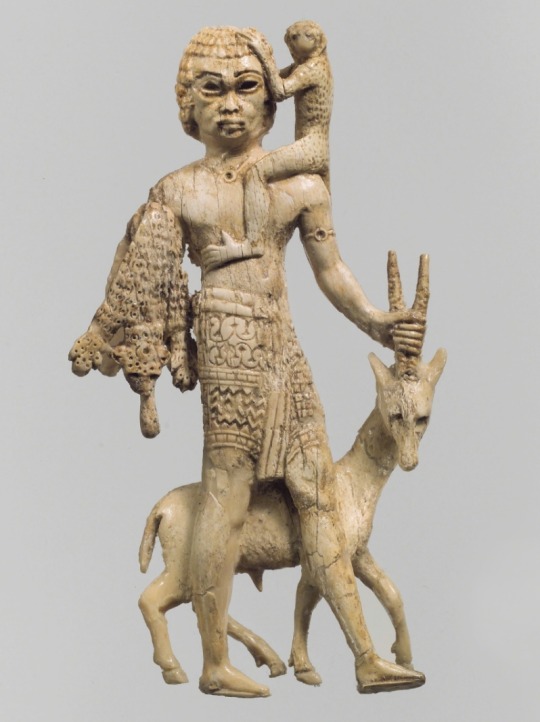
Unknown Assyrian
Statuette of a man with an oryx, a monkey, and a leopard skin, ca. 8th century B.C., Mesopotamia, Nimrud (ancient Kalhu)
Ivory
406 notes
·
View notes
Text

"Mona Lisa" of Nimrud, 9th to the 7th centuries BC
Excavated from the Assyrian city of Nimrud (In modern Ninawa in Iraq).
The Mona Lisa of Nimrud depicts a woman's head and the sculpture does not extend much below the chin. It has a band around the top and bottom with peg holes. She is wearing a headdress and her hair is arranged ornately.
The carved ivory piece of art discovered in the city of Nimrud in a campaign of excavation from 1949 to 1963, led by Sir Max Mallowan.
It is one of the most well known of the Nimrud ivories. It has also been known as the “Lady of the Well.” In contrast, another sculpture found with it was named "Ugly Sister."
When excavated, it was cleaned by Mallowan's wife Agatha Christie.
#art#history#design#style#archeology#sculpture#antiquity#figure#mona lisa#nimrud#iraq#ivory#headdress#sir max mallowan#agatha christie#hand carved#9th century BC#ninawa#assyrian
67 notes
·
View notes
Text

guardian figure | c. 883 BCE - 859 BCE | kalḫu, assyria (modern day numaniyah, iraq)
in the museum of fine arts, houston collection
19 notes
·
View notes
Text
Woman's head—Nimrud, Assyria (now Iraq), 8th century BCE
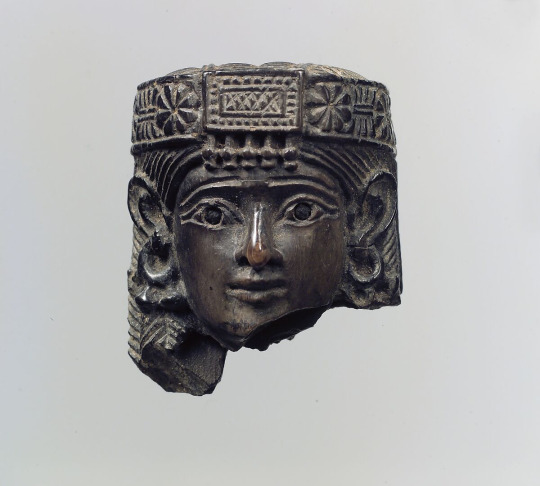
According to the Met: "Carved in the round, this female head was found in the Burnt Palace at Nimrud and was blackened through exposure to fire during the final defeat of Assyria at the end of the seventh century B.C. Originally, it may have been part of a composite statuette made of various materials and overlaid with gold. The fleshy cheeks, full lips, and small, receding chin are combined with stylized features such as the eyebrows and eyes, all characteristic of Syrian style ivories. The pupils are drilled to receive inlays in colored glass or semiprecious stones. The hair, tucked behind the ears, falls in braids. Like other carved ivory female figures from the Neo-Assyrian period in the Metropolitan Museum’s collection (MMA 57.80.11, 57.80.12, 57.80.13, and 61.197.5), this figure is richly adorned with jewelry, including hoop earrings with pendants, and a woven diadem, studded with rosettes and a rectangular forehead ornament with pendant pomegranates. A diadem closely resembling the one depicted here, made of gold and inlaid with lapis lazuli and colored stones, was found in the grave of a royal woman at Nimrud.
Built by the Assyrian king Ashurnasirpal II, the palaces and storerooms of Nimrud housed thousands of pieces of carved ivory. Most of the ivories served as furniture inlays or small precious objects such as boxes. While some of them were carved in the same style as the large Assyrian reliefs lining the walls of the Northwest Palace, the majority of the ivories display images and styles related to the arts of North Syria and the Phoenician city-states. Phoenician style ivories are distinguished by their use of imagery related to Egyptian art, such as sphinxes and figures wearing pharaonic crowns, and the use of elaborate carving techniques such as openwork and colored glass inlay. North Syrian style ivories tend to depict stockier figures in more dynamic compositions, carved as solid plaques with fewer added decorative elements. However, some pieces do not fit easily into any of these three styles. Most of the ivories were probably collected by the Assyrian kings as tribute from vassal states, and as booty from conquered enemies, while some may have been manufactured in workshops at Nimrud. The ivory tusks that provided the raw material for these objects were almost certainly from African elephants, imported from lands south of Egypt, although elephants did inhabit several river valleys in Syria until they were hunted to extinction by the end of the eighth century B.C."
10 notes
·
View notes
Text
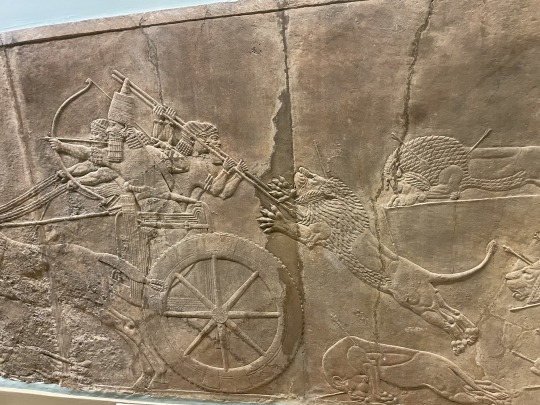
3 notes
·
View notes
Photo
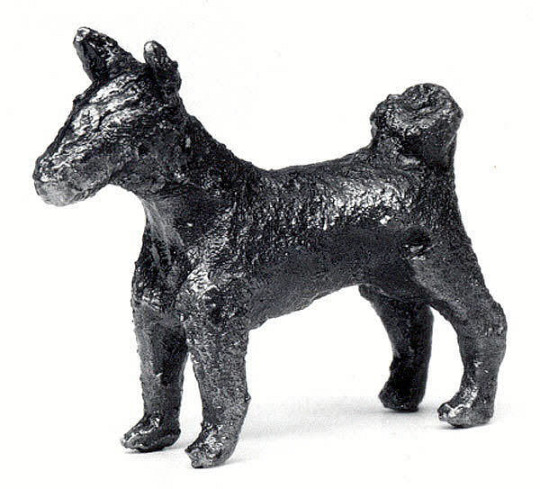
Les Chiens de Nimroud
Les chiens de Nimroud, cinq figurines canines trouvées dans l'ancienne cité mésopotamienne de Nimroud, ne sont que quelques-unes des nombreuses découvertes surprenantes faites dans la région au cours du 19e siècle, lorsque des expéditions furent envoyées pour corroborer les récits bibliques par des preuves matérielles et finirent par faire exactement le contraire.
Lire la suite...
2 notes
·
View notes
Text
youtube
The Black Obelisk, January 23, 2025
The Black Obelisk, 825 B.C.E. (Neo-Assyrian), black limestone, 197.48 x 45.08 x 60.96 cm (The British Museum, London) Speakers: Dr. Senta German and Dr. Beth Harris Smarthistory
#smarthistory#stone#sculpture#limestone#neo assyrian#art#art history#1st millenium bce#British Museum#Assyrian#Nimrud#Shalmaneser III#9th century bce#iconography#symbolism#near east#archaeology
1 note
·
View note
Text
Uma década depois, Nimrud reergue-se dos escombros
Dez anos depois da barbárie, a esperança. Uma década depois de terem sido saqueadas por jihadistas islâmicos, as ruínas de Nimrud, no Iraque, reerguem-se da devastação, com equipas de arqueólogos e especialistas a tomar em mãos a colossal missão de reconstituir os seus antigos tesouros, despedaçados em milhares de fragmentos. Outrora considerado a joia da coroa do antigo império assírio, o…
0 notes
Text
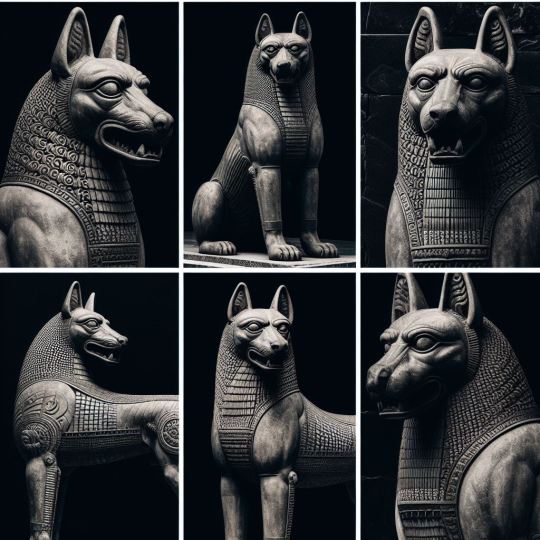
Nimrud Dogs
1 note
·
View note
Text
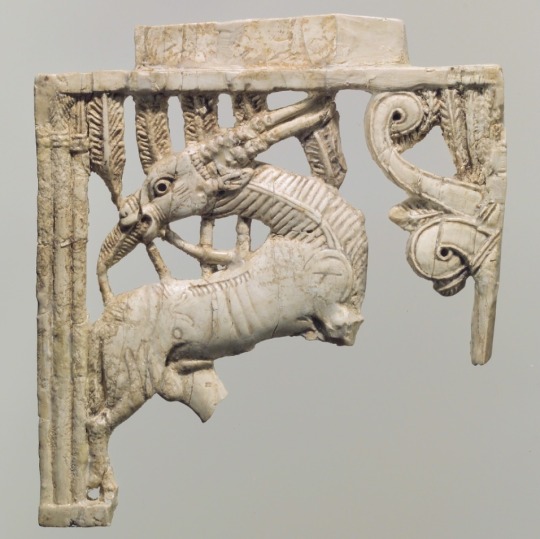
Unknown Assyrian
Openwork furniture plaque with a grazing oryx in a forest of fronds, ca. 9th–8th century B.C., Mesopotamia, Nimrud (ancient Kalhu)
Ivory
184 notes
·
View notes
Text
Wow! Because this tablet was sun-dried rather than fired, it preserved DNA from almost three millennia ago, now identified with a variety of different plant families (unfortunately the results aren't specific down to the species level). The whole paper can be read here.
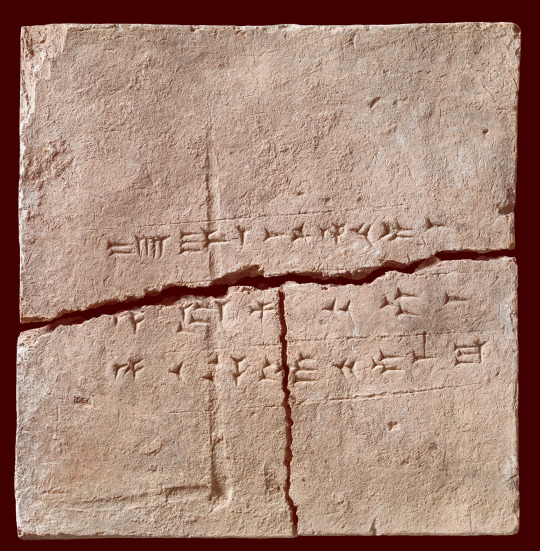
NEWS Resurrecting Ancient Flora: Unveiling Biodiversity Secrets from a 2,900-Year-Old Clay Brick
313 notes
·
View notes
Text
al things considered — when i post my masterpiece #1234
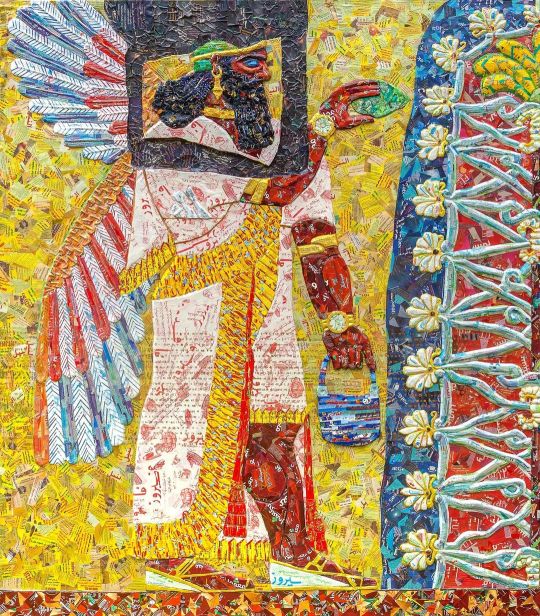
first posted in facebook october 30, 2023
michael rakowitz -- "the invisible enemy should not exist (northwest palace of nimrud" room n, panel n-14
[composed of arabic newspapers, food packaging, cardboard relief sculptures on wood panel, museum labels]
"'the invisible enemy should not exist (northwest palace of nimrud)' constructs reappearances of historically looted and recently destroyed relief sculptures that lined the walls of the ancient assyrian palace of nimrud (present day mosul, iraq)" … nimrud gallery
"[this is] part of an ongoing series called 'the invisible enemy should not exist', which, [rakowitz] says, is a reflection on 'the threat to cultural heritage in times of war'. its long-term aim is to reproduce, in some shape or form, the 7,000 cultural artefacts that have been reported as missing, either looted or destroyed, since the beginning of the iraq war in 2003" … peter aspden
"i am attracted to work that can make you feel really good and really bad at the same time and i think that there’s something redemptive in the reappearance of these artefacts, these ghosts of things that are lost" … michael rakowitz
"you think that you can create a history of what has been. present artifacts. a clutch of letters. a sachet in a dressing table drawer. but that's not what's at the heart of the tale. the problem is that what drives the tale will not survive the tale" … cormac mccarthy
"al things must pass" … al janik
#michael rakowitz#the invisible enemy should not exist#northwest place of nimrud#room n panel n-14#ancient assyrian palace#cultural heritage#iraq war#peter aspden#nimrud gallery#artefacts#artifacts#ghosts of things#cormac mccarthy#history#the heart of the tale#al things must pass#al things considered
8 notes
·
View notes
Text

Lioness Devouring a Man, Phoenician Ivory Panel, c. 9th-8th century BCE. From the palace of Ashurnasirpal II, Nimrud, northern Mesopotamia, Iraq.
#history#culture#old art#artwork#art#ancient history#mesopotamia#ancient civilizations#anthropology#archaelogy#middle eastern#iraqi#iraq
8K notes
·
View notes